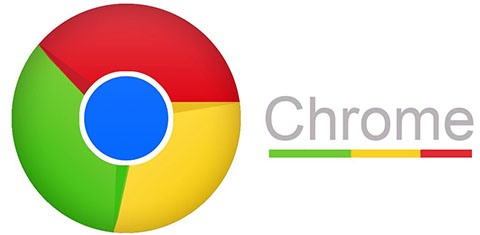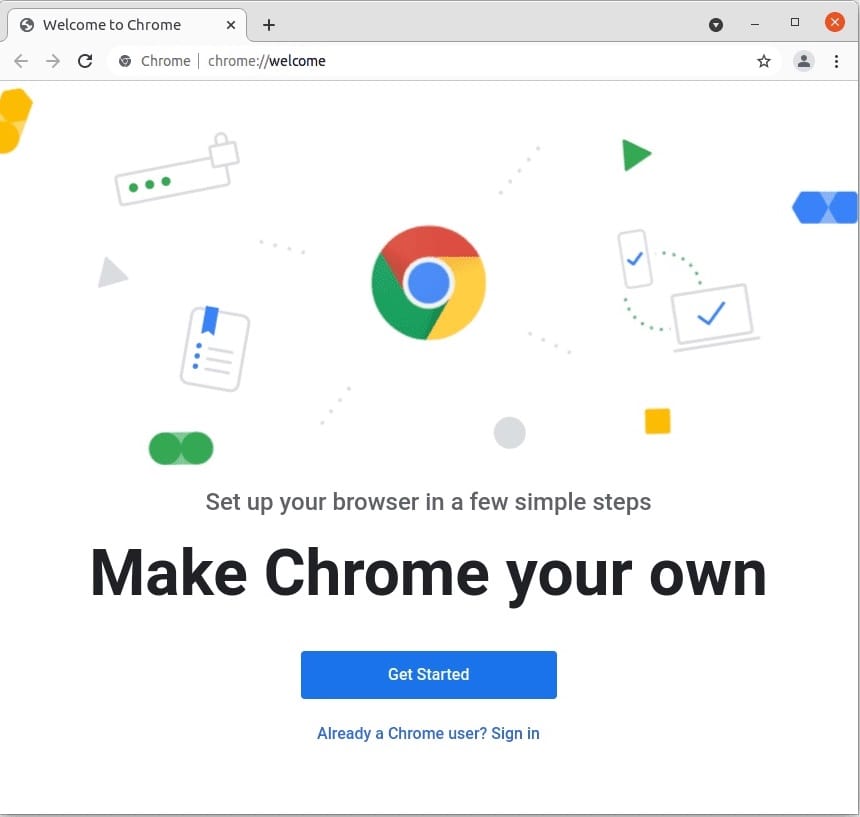How To Install Google Chrome on Manjaro 21

In this tutorial, we will show you how to install Google Chrome on Manjaro 21. For those of you who didn’t know, Google Chrome is one of the most popular web browsers worldwide, known for its speed, security, and extensive library of extensions. While Chrome is not pre-installed on Manjaro Linux, the installation process is straightforward and can be completed in just a few steps.
This article assumes you have at least basic knowledge of Linux, know how to use the shell, and most importantly, you host your site on your own VPS. The installation is quite simple and assumes you are running in the root account, if not you may need to add ‘sudo‘ to the commands to get root privileges. I will show you the step-by-step installation of the Google Chrome browser on a Manjaro 21.
Google Chrome Features
- Speed: Google Chrome is known for its fast loading times and smooth browsing experience.
- Security: Google Chrome uses sandboxing and other security measures to protect users from malicious websites and online threats.
- Syncing: Google Chrome allows you to sync your browsing data across devices, so you can access your bookmarks, history, and other data on any device where you are signed in to Chrome.
- Extensions: Google Chrome has a large library of extensions, which are small programs that add additional functionality to the browser. These extensions can be used to customize the browser and add features such as ad blockers and password managers.
- Incognito mode: Google Chrome has an incognito mode that allows you to browse the web privately, without leaving a trace of your browsing history or search history on your device.
Prerequisites
- A server or desktop running one of the following operating systems: Manjaro, Arch Linux.
- It’s recommended that you use a fresh OS install to prevent any potential issues.
- SSH access to the server (or just open Terminal if you’re on a desktop).
- An active internet connection. You’ll need an internet connection to download the necessary packages and dependencies for Chrome.
- A
non-root sudo useror access to theroot user. We recommend acting as anon-root sudo user, however, as you can harm your system if you’re not careful when acting as the root.
Install Google Chrome on Manjaro 21
Step 1. Before we begin the installation process, ensure that your Manjaro 21 system is up to date. Open a terminal and run the following command:
sudo pacman -Syu sudo pacman -S base-devel
Step 2. Installing Google Chrome Browser on Manjaro 21.
By default, Chrome is available on the Manjaro 21 base repository. You can install Google Chrome easily on Manjaro, You just need to run the following command below:
sudo pacman -S google-chrome
To confirm that Chrome has been successfully installed, run the following command:
google-chrome-stable --version
Step 3. Accessing Google Chrome Browser on Manjaro 21.
Once Google Chrome is installed, you can launch it by searching for “Google Chrome” in the Applications menu or by running the following command in the terminal:
google-chrome

Congratulations! You have successfully installed Chrome. Thanks for using this tutorial for installing the latest version of the Google Chrome browser on the Manjaro system. For additional help or useful information, we recommend you check the official Chrome website.